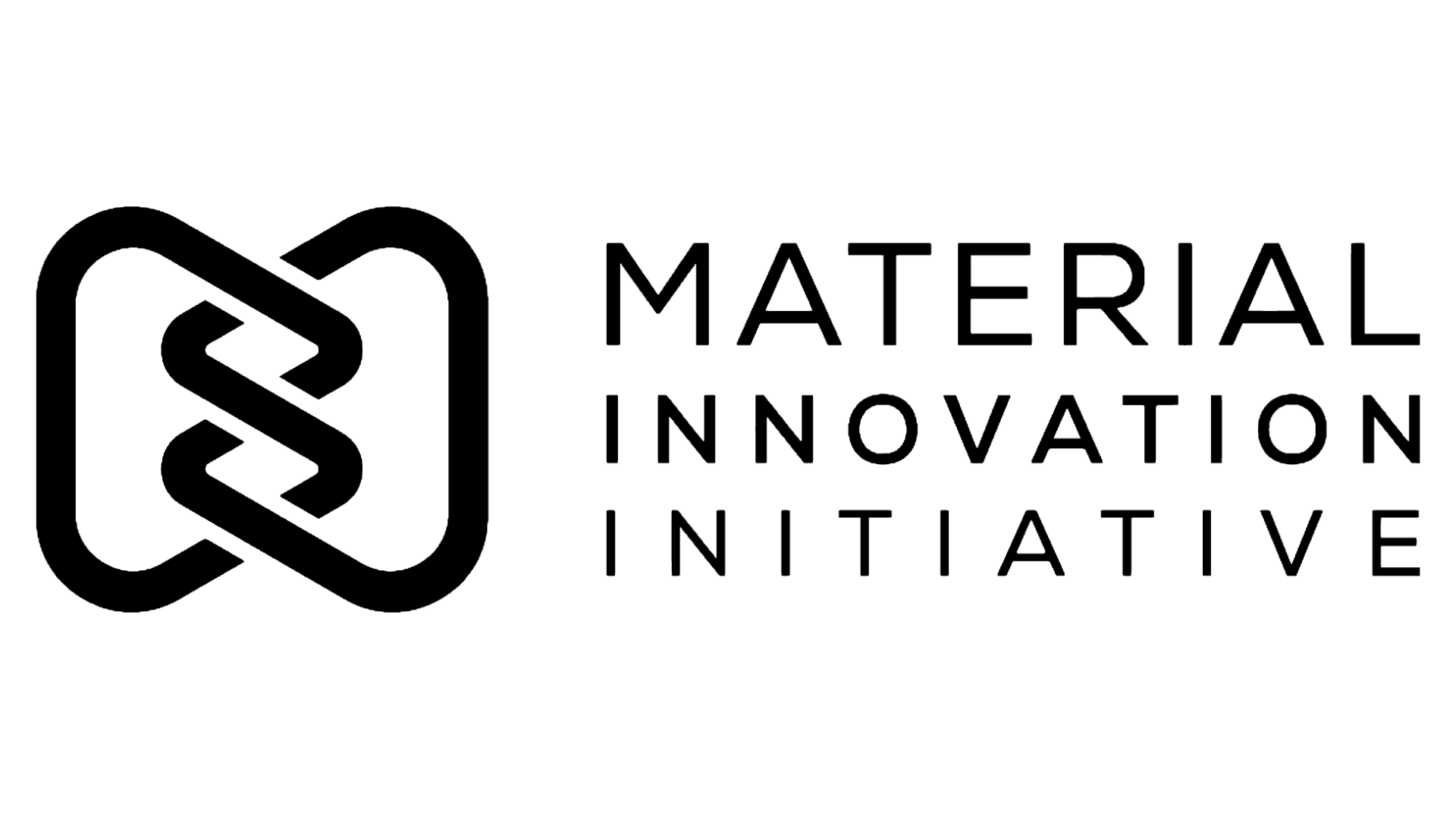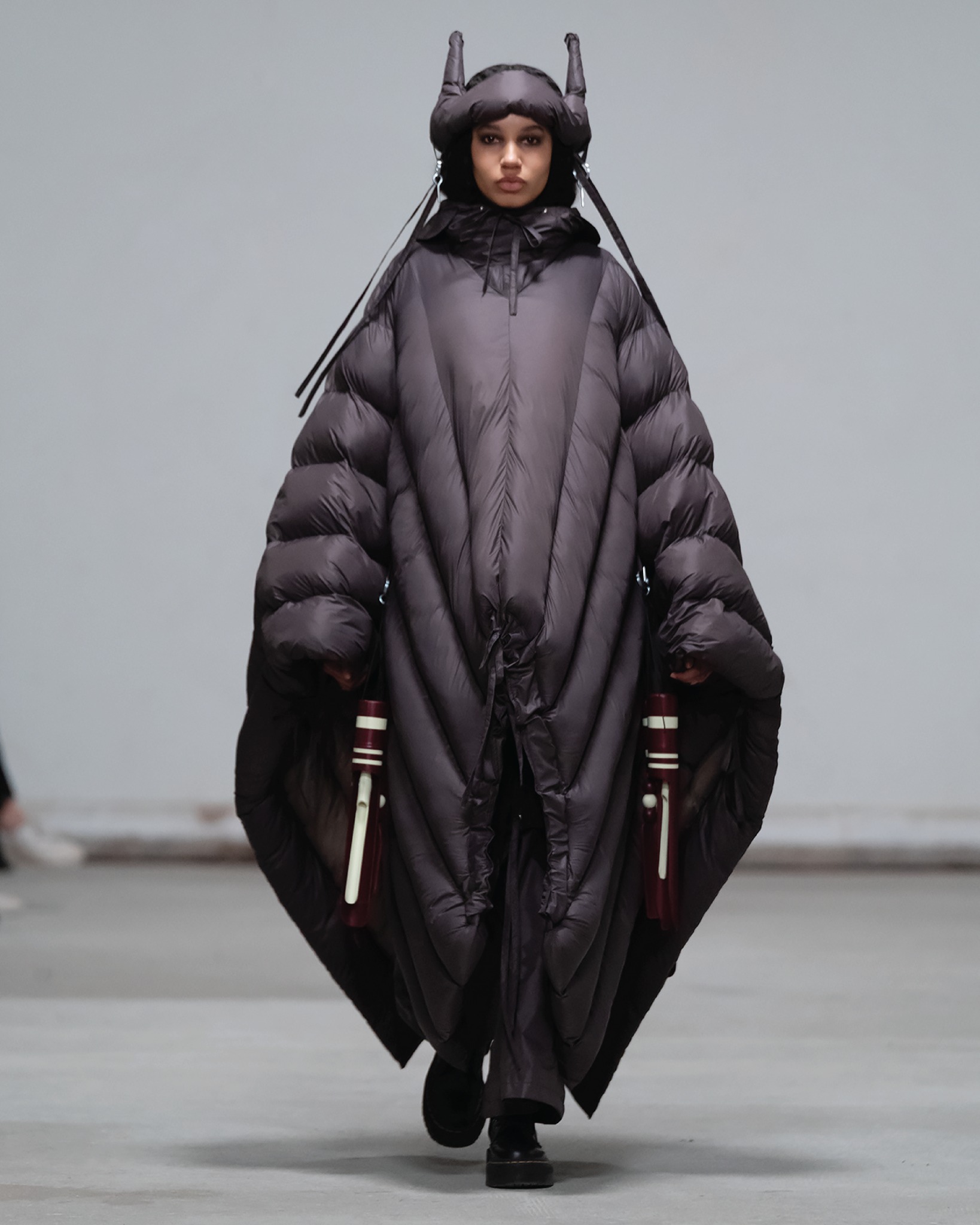
Image credit: Pierre Westerholm x Ponda
Our recent report titled “White Space #1: Sub-categories with limited innovation” covers the four currently under-served material categories of next-gen wool, silk, fur and down. Here, we look at the highlights from the next-gen silk section of the report: its market potential, what makes it special, how traditional silk can be improved upon, and the key targets material innovators should aim for. Stay tuned for our upcoming posts in this series covering next-gen wool, fur, and down.
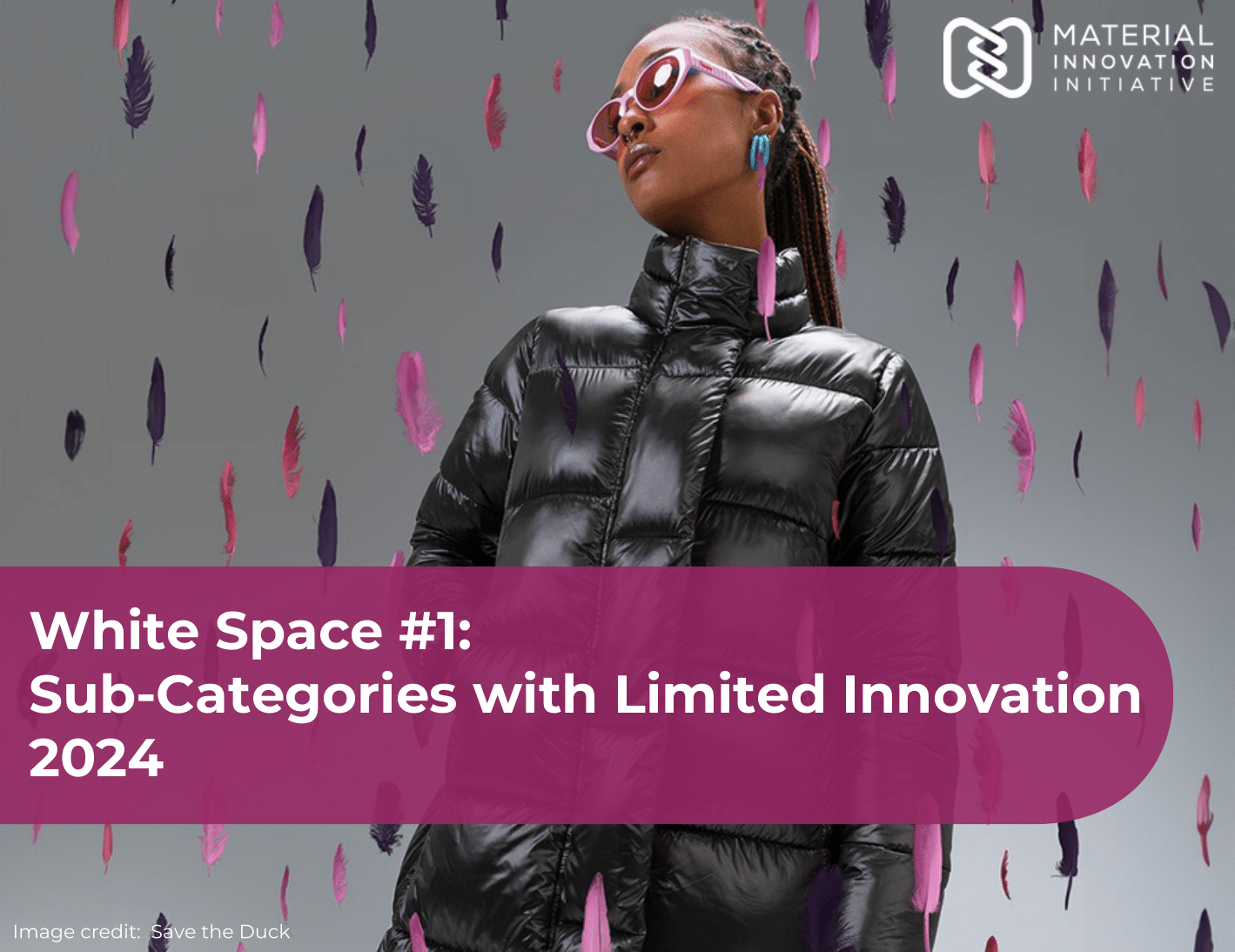
Download the full report for free to learn about white spaces, or see our summary.
Wondering what we mean by white spaces in the context of next-gen materials? See this blog post.
Market Potential
When we look at the market size for next-gen down, we also should consider polyester fill as an addressable market. The technologies used to create next-generation down and polyester fill are overlapping.
The total addressable market size for next-gen down is significant. The global down and feather market is estimated at USD 1.7 billion in 2024 and is expected to reach USD 2.4 billion by 2029. Other sources estimate that the market may reach a significantly higher value of USD 16 billion in 2030.
Uniqueness: What makes down so special?
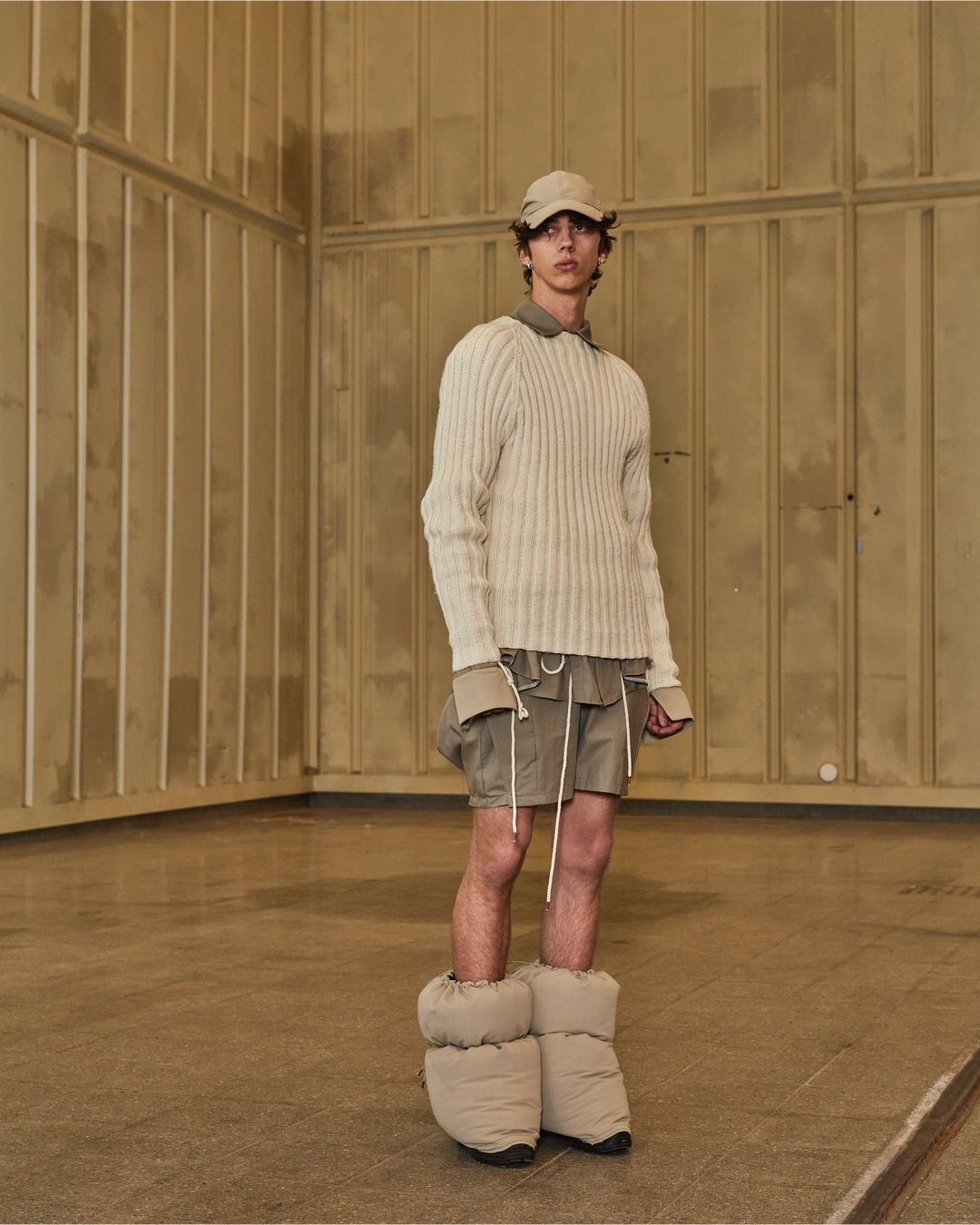
Image credits: Risto Kirjonen x Fluff Stuff
Down refers to the soft, fluffy undercoating of feathers found on ducks and geese. Polyester fill is the synthetic, cheaper, and hypoallergenic replacement to down from animals. Down and polyfill are versatile materials used for their excellent insulating properties and comfort, commonly found in bedding, apparel, outdoor gear, cushions, and luxury linens.
Down provides exceptional insulation by trapping air in its three-dimensional structure, offering lightweight warmth and breathability. It is durable, long-lasting, and fluffs up for a luxurious feel. Available in various weights, down and polyfill can be used year-round for different insulation needs.
To mimic the functionality of down, innovators will need to recognize the way the fibers come together. Small spaces between fibers trap air to act as insulators. Many brands will mix feathers with down. Feathers, because they are stiffer, offer more structure to whatever they are filling. A higher down-to-feathers ratio equals a higher puff factor and more warmth.
Down’s unique structure includes three main types—natal, body, and powder down—each serving different purposes in birds’ development and insulation. Down clusters, composed of tiny intersecting fibers, create air pockets that trap heat for excellent insulation. As birds mature, their plumage increases in loft, enhancing the down’s insulating value measured by fill power.
Polyfill versus Down
Polyfill offers several advantages and a few disadvantages when compared to down fill. For example, polyfill is more hypoallergenic, easy to care for, affordable and resilient. However, it is also less breathable and heavier than down, and polyester production has significant negative environmental implications. Innovators should consider the practical advantages of polyfill and try to meet or exceed these qualities.
Innovation Potential: How can down be improved?

Image credit: Save the Duck
3.4 billion ducks and geese are slaughtered every year in the down and feathers industry, a conservative estimate for their use in fashion only. Live plucking is a common practice on factory farms in the major down-producing countries. Ducks and geese, although being aquatic animals who have not evolved to support their weight for extended periods on their legs, are confined to land-based farms. Down production’s environmental impact includes water pollution from farm waste, air pollution from gasses like ammonia and methane, high water usage, habitat destruction from land conversion, and the risk of zoonotic diseases such as Avian Flu.
Both down and polyfill also have performance and care drawbacks. For down, for example, it’s the inconsistency in quality and therefore performance (down feathers), special laundering requirements, and lack of natural water resistance. For polyfill, heat build-up and low moisture absorbency could be improved.
Key targets for creating down alternatives
Environmental
The structure and composition of next-gen down should lead to an environmentally preferable product compared with incumbents. Focus on these key areas: recycled or biobased material inputs, end-of-life considerations, mitigating microfiber release, green chemistry for additional components, environmental impact reductions across key categories such as greenhouse gas emissions and water use.
Tunability and Variety
To meet brands’ needs, innovators should offer various weights, thicknesses, and densities to meet the range of applications next-gen down can cater to.
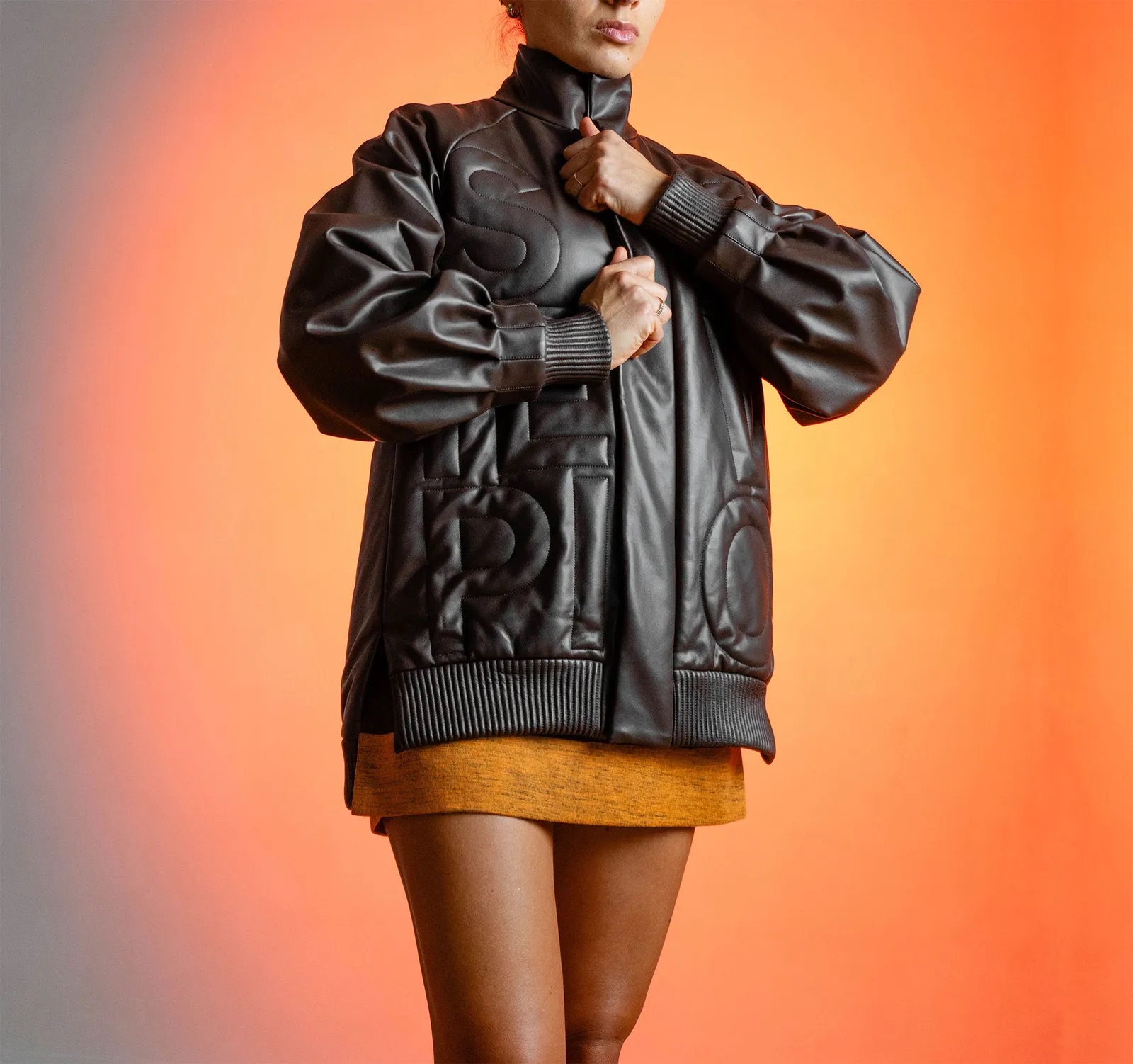
Image credit: Everloop x Ponda
Wear, Care and Laundering
Anything that makes caring for a product—whether it is a blanket or apparel—easy and economical is a win for the consumer. Machine wash-ability and dry-ability, being hypoallergenic, and biodegradable or recyclable at end-of-life are some desirable attributes, among others.
A Variety of Applications
Consider a variety of applications across home goods, outerwear, footwear, accessories, children’s products and the auto industry.
Brand and Manufacturing Partners
Working with experienced fill manufacturers directly or through a brand’s supply partner will take away the guesswork of knowing if your material is viable. They can provide invaluable early feedback in your developmental stage, such as on the stitch-ability of your material, ultimately hastening your road to scaling and brand adoption.
Download our first white space report, on sub-categories with limited innovation, freely available now.
